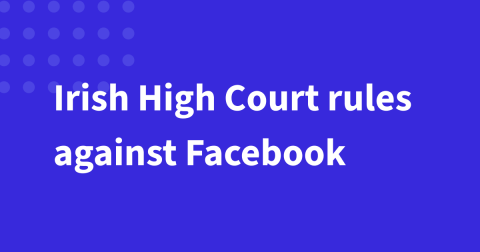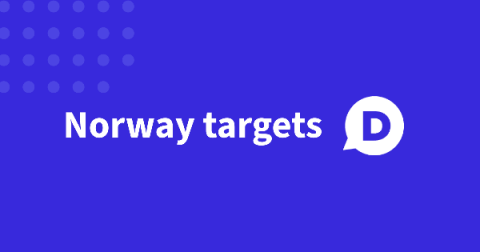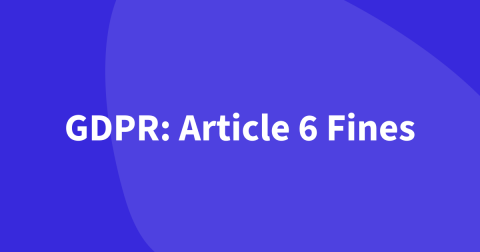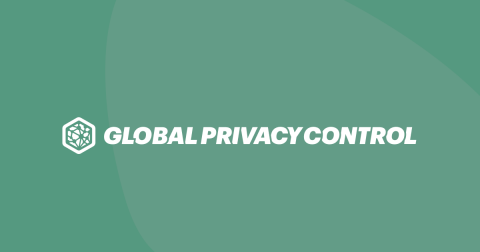Facebook loses its fight to transfer EU data to the US.
The Irish High Court, Ireland's data privacy watchdog, has won a legal fight over Facebook's data flows between the EU and the US. When the EU-US Privacy Shield was ruled insufficient in protecting the privacy of EU data subjects last year, many companies were left in an uncomfortable state of limbo waiting. Any organization moving data about EU residents from the EU to the US has been in the dark on whether they were still in compliance.






